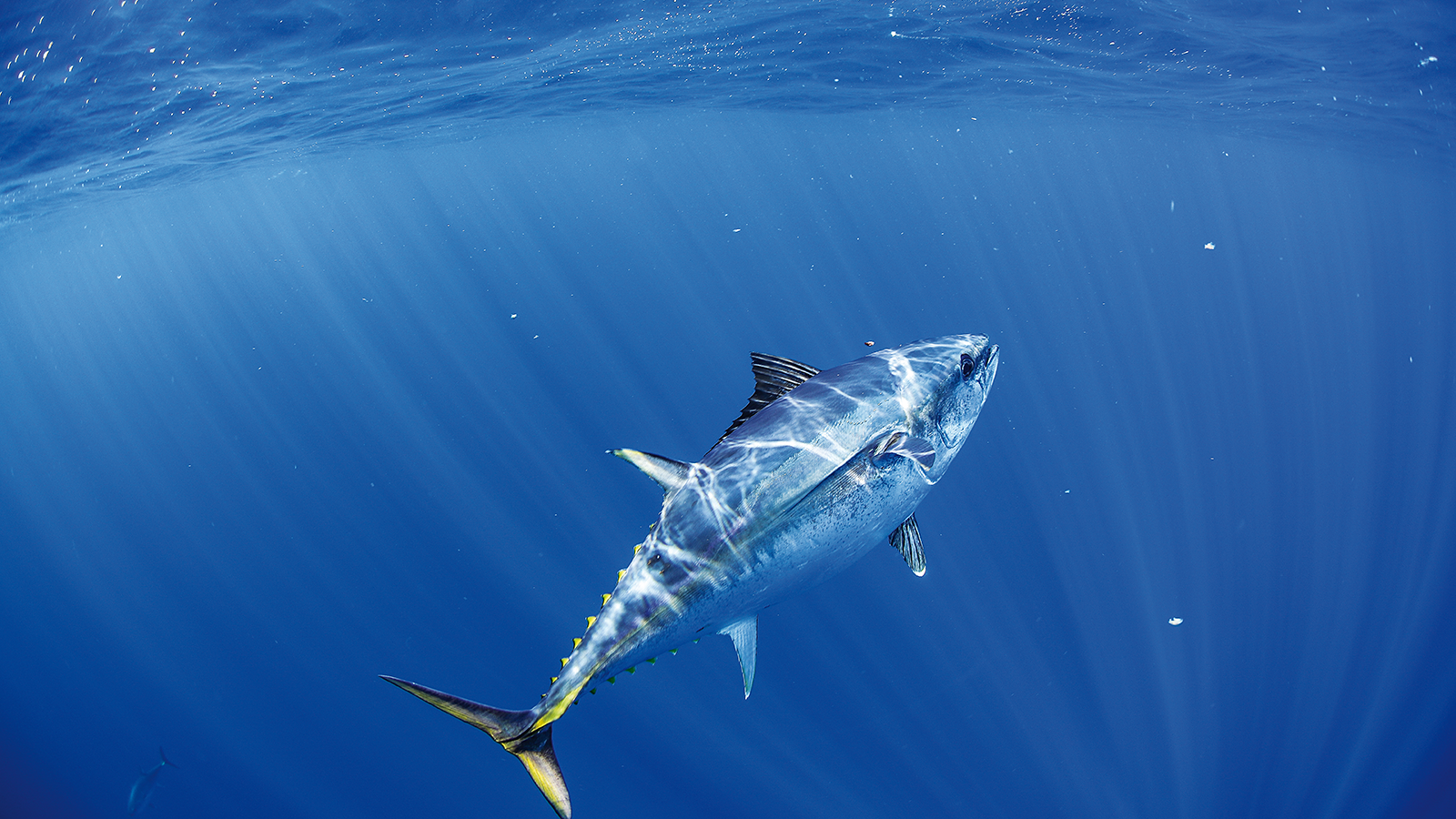The Problem: There are regular and sometimes prolonged closures of commercial shellfish harvesting, and more recently rock lobster wild harvest fisheries, in south eastern and eastern Tasmanian growing areas due to elevated paralytic shellfish toxins (PSTs) levels. This project aims to reduce the impact of PSTs on the Australian shellfish industry without compromising the safety of shellfish consumers or the integrity of the Tasmanian shellfish brand.
Tasmanian seafood species affected by PSTs are varied and currently generate significant revenue for the state (see Appendix2). PSTs are a group of neurotoxins produced by some marine microalgae that accumulate in shellfish through normal filter feeding. They have potentially severe impacts on humans if PST-contaminated seafood is consumed. There are more than 30 known congeners with saxitoxin (STX) believed to be the most potent analogue and the C-toxins among the least (see Appendix3).
A PST limit of 0.8 mg/kg of saxitoxin equivalents in shellfish has been established and this has traditionally been enforced internationally using an outdated mouse bioassay (1). Analytical test methods based on high performance liquid chromatography (HPLC) have been developed to accurately quantify levels of each PST congener (2, 3). These new tests are used for regulatory monitoring, including in Australia, through application of toxic equivalence factors (TEFs) (4). However, the TEFs used internationally are still based upon mouse bioassay data. More appropriate TEFs that are based on acute oral toxicity data are needed as these will give a more valid determination of shellfish toxicity.
Gymnodinium catenatum was introduced into Tasmanian coastal waters in the 1980s. It is a known PST-producer with a toxin profile dominated by low toxicity C-toxins, mainly C3 and C4 (see Appendix4). Although the MBA-derived TEFs for C-toxins are relatively low (5), the levels observed in Tasmanian shellfish still ensure the regulatory limit is often exceeded.





